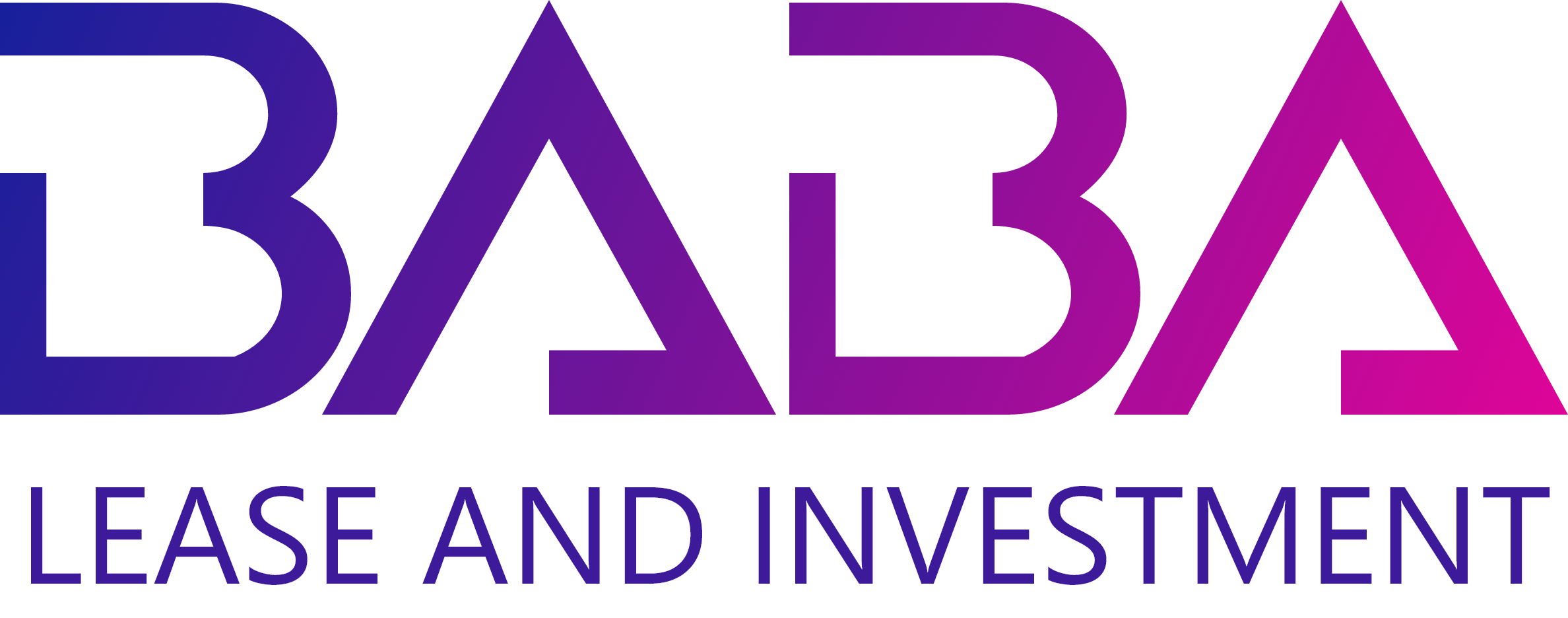The best way to maximize the outcome for your business is to have time on your side and to attract multiple, competing offers. And the best way to attract multiple offers is to 1) run a great business that 2) is ready to be acquired at any time.

When an acquirer looks at a business, the simplest and fastest way to get started is to look at its financials and metrics. In my prior experience reviewing acquisition opportunities with enterprise values ranging anywhere from 7 figures to 9 figures, I would look for a “Hell, yeah!” – or it would be a “no”. Some of the financial metrics that I would key on immediately in order to elevate or filter out the best and worst companies included the company’s ARR/revenues and growth; retention and net retention; and gross margin and profitability. Assuming a company passed those filters, I would delve further into market size and growth, competitive position, customer logos, NPS, market penetration and whitespace, and eventually on to strategic and operational integration factors such as product fit and overlap, technology stack, location, and team to name a few. Top acquirers see a ton of deal flow and what differentiates the ones that get past the initial filter and on to the next stage of a management presentation are those that already have an existing productive partnership with your company and/or those that have compelling metrics for their industry and a strategic fit.
Another key component of maximizing your outcome is to always be transaction-ready. To use a residential metaphor, that means being able to invite guests in at any time because your house is always tidy, as opposed to having to do a flurry of cleaning for an unannounced visit when you already have appointments to keep, kids to drive around to activities, and so on.
The business equivalent of keeping your house tidy includes such elements as: making sure all of your legal agreements such as corporate documents, previous financings, corporate licensing agreements, IP transfer agreements, NDAs, and employment agreements have been fully executed and are stored securely for easy access; appropriate legal protections are in place around your intellectual property in patents and trademarks (if applicable), licensing agreements, confidentiality and IP transfer agreements, and data ownership clauses in your licensing agreements; you have appropriate levels of reputable, third-party auditing of your annual financials which, while not strictly necessary, conveys credibility to prospective acquirers and eliminates potential time delays; and you are making sure that you have few to no loose ends such as discontented shareholders or employees, or some manner of litigation. While you can still sell your company if these exist, they introduce delays and risk to your process and if not dealt with beforehand, will give the other party(ies) leverage in your negotiation.
Next in series: ,,T – Right Timing
(,,Subscribe to be notified of new posts)



